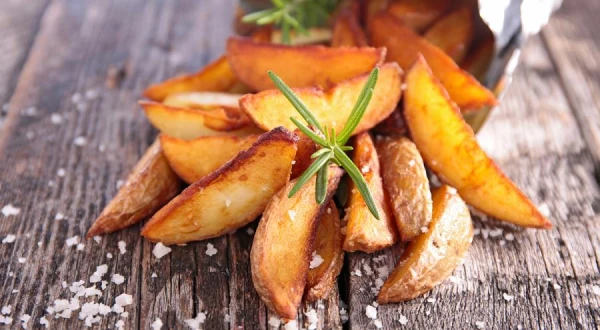
How to properly prepare French fries at home? This can be discussed for a long time and with enthusiasm, waving hands. There are specific rules for frying French fries, also known as frites, chips, or French fries, and here they are.
There are several basic ways to cut potatoes for frying. These can be sticks, alumettes or matchsticks, uniform-sized sticks, as well as exotic gaufrettes and other options. The main principle of all these cuts is to give the potatoes a uniform shape and, if possible, size.
The most important aspect of this process is not the length, but the cross-section – it must be the same for all pieces, wedges, and slices. Otherwise, the potatoes will cook unevenly: some pieces may be overcooked, while others may be raw.
The simplest way to achieve uniformity is to cut the potatoes into wedges, like an orange. Although the cross-section of the wedges will vary – wider in the center and narrower at the ends, this is acceptable. All wedges will be approximately the same, even if you use potatoes of different sizes – just vary the number of wedges from 3 to 6 depending on the size of the tuber.
To illustrate, imagine a thoroughly washed potato (preferably young) in its skin. Cut it lengthwise into two equal halves. Place one half on the board cut side down and, holding the knife at an angle, cut into equal wedges lengthwise – from 3 to 6 depending on the size of the potato. All cuts should converge at one axial line. Sorry for the excessive terminology, but most of us studied this in school. Imagine an orange instead of a potato, and everything will become clear.
Balance of Starch and Water
Now it is necessary to achieve the right balance of starch and water in the potatoes. Usually, there is more starch than needed, and less water. Therefore, the cut potatoes should be soaked. Not in the place you might think. Place the wedges in a large bowl, cover with cold water, and leave for an hour to an hour and a half, stirring occasionally to wash away the excess starch. Then drain the water, rinse the potatoes with fresh water, place them in a colander, and lay them on a towel. Pat them dry and let the potatoes dry. Frying wet potatoes is risky.
Soft on the Inside
The next task is to ensure that the potatoes are crispy on the outside and soft on the inside. The wedge shape is best suited for this, but here a conflict of interests arises. A crispy crust requires high temperature, while a soft interior requires prolonged even heating. It is impossible to combine these two aspects: either the potatoes will be pale but soft, or browned but raw. Or they might burn altogether. These issues will have to be addressed in stages.
Let's start with baking the starch, that is, the soft interior. Take a wide and low pot, pour in refined vegetable oil to a depth of at least 5 cm, and heat it to 135 °C. You can use almost any oil – sunflower, corn, olive, mustard, canola, cottonseed. The best option is grape seed oil, as it has the highest flash point. Or professional frying oil with foam suppressants and non-stick additives.
In the heated oil at 135 °C, place the potato slices and blanch them for 5-6 minutes. The potatoes will hardly brown but will be well heated inside and ready for the next stages. But not immediately.
The potatoes need to cool down. They cool down both outside and inside. Outside, they heat the surrounding environment, while inside they continue to cook, which is very important. So let them cool completely. Don’t worry, this won’t take long – just spread them out on a baking sheet in a single layer.
And Crispy on the Outside!
Now we move on to the second stage, where we will achieve the desired crispy crust. The same oil now needs to be heated to 175-180 °C. At this temperature, the potatoes will actively brown while continuing to cook inside. Lower the potatoes into the oil and stir occasionally with a slotted spoon for even frying and to prevent sticking, although they should not stick anymore. Fry the potatoes for about 6-8 minutes, depending on the total mass and thermal inertia of the system. In a heavy cast-iron pot, the process will happen faster, while in a thin aluminum or steel pot, it will be slower. You will see for yourself when the potatoes acquire the desired color. Do not keep them in the oil until they are fully browned – remember that after removal, they continue to cook inside for a little while longer.
Only when the potatoes are ready and placed on paper towels to absorb the oil can they be salted. You cannot do this earlier – salt will cause the potatoes to release water, and your oil will start to spit and bubble.
Helpful Tip for Choosing Frying Equipment
The larger the mass of the pot and oil compared to the mass of the potatoes being fried, the better the result will be. Either use a large heavy pot with 3 liters of oil, or fry the potatoes in smaller batches. Otherwise, the temperature of the oil will drop sharply and take a long time to recover.

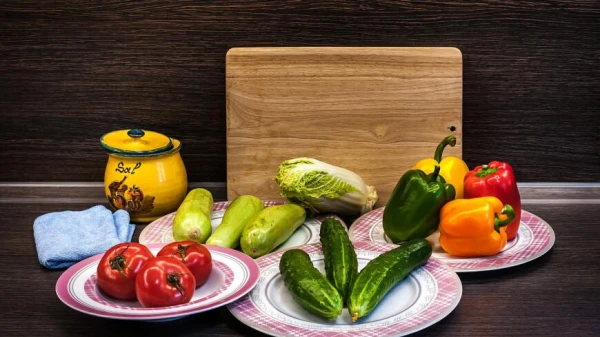

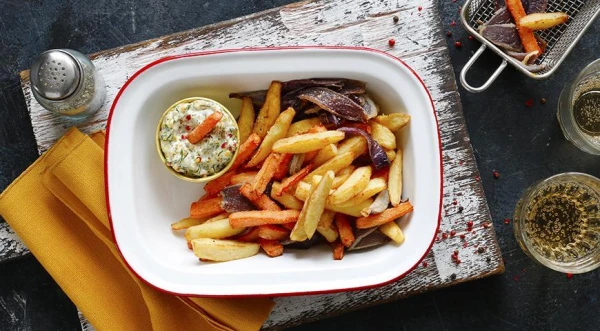
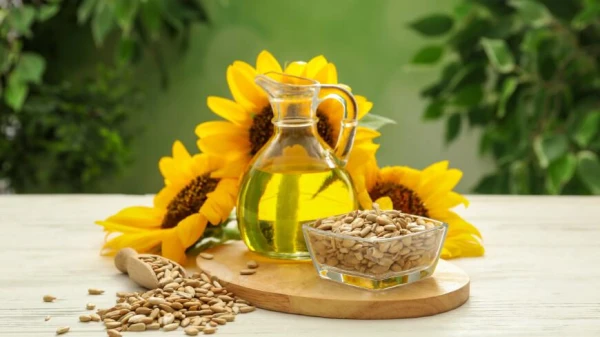
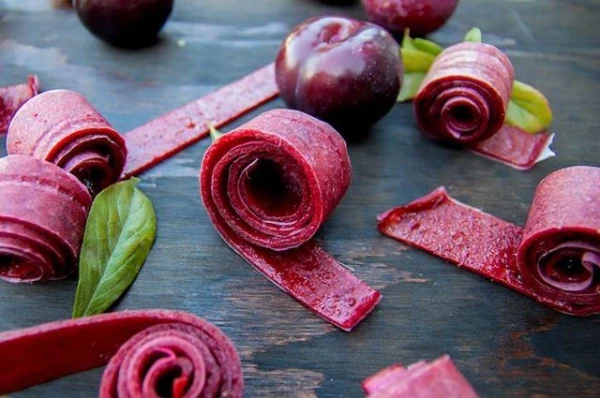
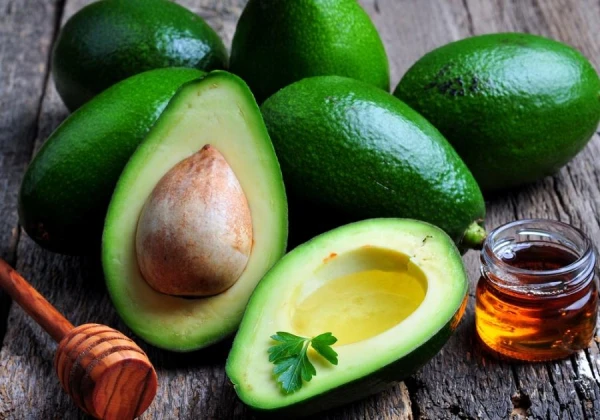




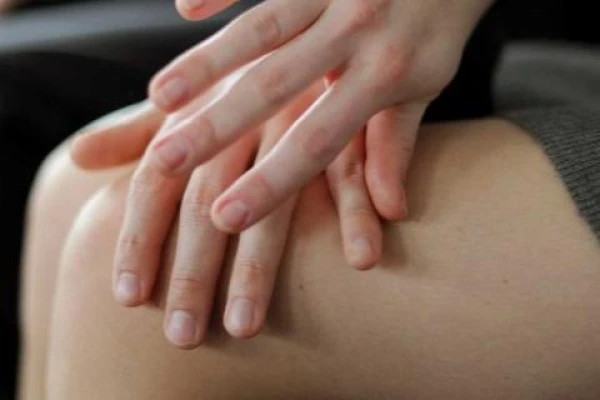



Leave a comment